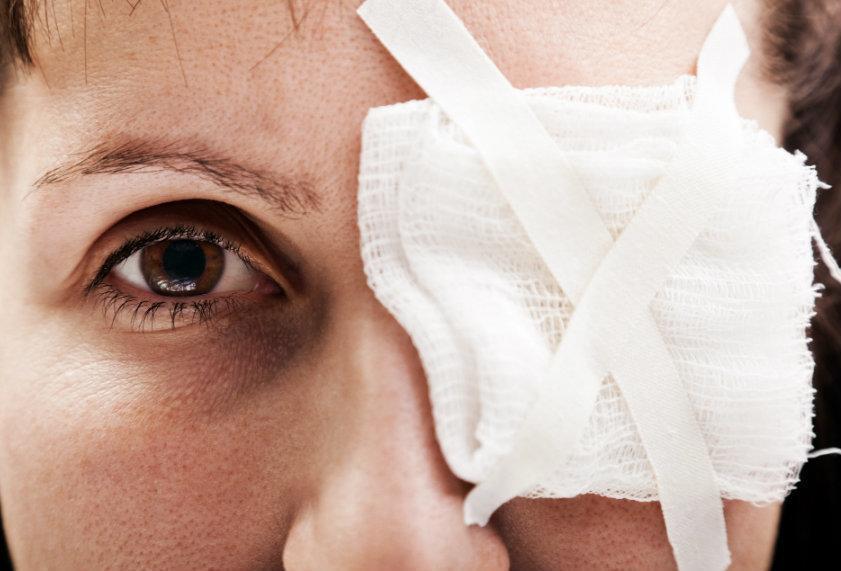If you have ever had a scratched cornea, also known as a corneal abrasion, you will probably never forget it. It can be one of the most annoying, painful eye injuries a patient ever experiences, and one of the most common. Because the cornea helps to adjust the light as it enters the eye, a corneal abrasion can turn into a serious vision problem if it results in permanent scarring.
The cornea is the clear protective shield that covers the iris area at the front part of your eye. Because of its vulnerable location, it is often subject to flying debris, irritation from dust and particles, and—for contact lens wearers—constant, prolonged contact with a foreign substance.
The symptoms of a corneal abrasion can include:
- Headache
- Sensitivity to artificial and/or sunlight
- A feeling of grit or sand in the eye
- Tearing up or watering
- Irritation and redness
- Eye pain or twitching
If you think you may have scratched your cornea, it is important to consult an eye specialist promptly to determine the severity of the injury and treat it as soon as possible. If a corneal abrasion goes untreated, it can become a corneal ulcer. A corneal ulcer is a serious inflammation or infection that can result in permanent scarring of the tissue and loss of vision.
How to treat a scratched eye:
- Blink rapidly to cause your eye to water and flush debris
- Gently pull your upper eyelid over your lower lid to cause watering of the eye to remove the particle
- Rinse your eye with a sterile saline solution to flush out any foreign particles. An eye wash station is ideal, but in a pinch, you can use a bottle of saline from the pharmacy, an eyecup, or even a clean drinking glass.
To avoid making the situation worse:
- Never rub your eye or eyelid if you think you may have something in your eye—flush it instead.
- Don’t attempt to extract debris if the object is so large that it makes it hard to close your eye.
- Never apply tissues, cotton swabs, or other absorptive items directly to the eyeball.
- Don’t use tweezers or other instruments to attempt removal of debris.
Treatments for a corneal abrasion will depend on the extent of the injury and what caused it. For superficial abrasions, lubricating drops are often prescribed to keep the eye moist while it goes through its natural healing process. Sometimes, these abrasions are treated with antibacterial eye drops as a safety precaution. Superficial abrasions usually heal in 2-3 days. More severe corneal abrasions often require antibiotic ointments and/or steroids, and can take a week or more to fully heal.
If you suspect you may have scratched your cornea, consult your eye doctor as soon as possible.
